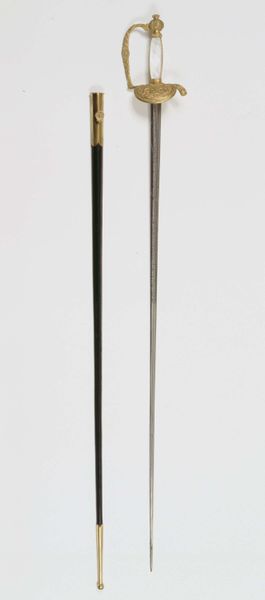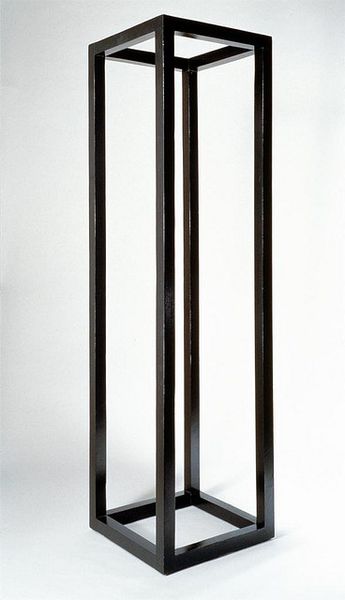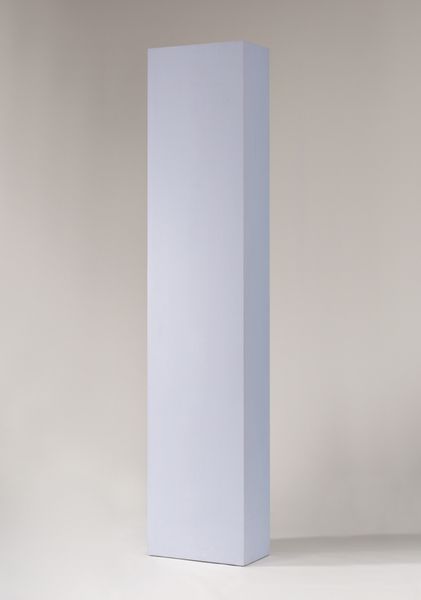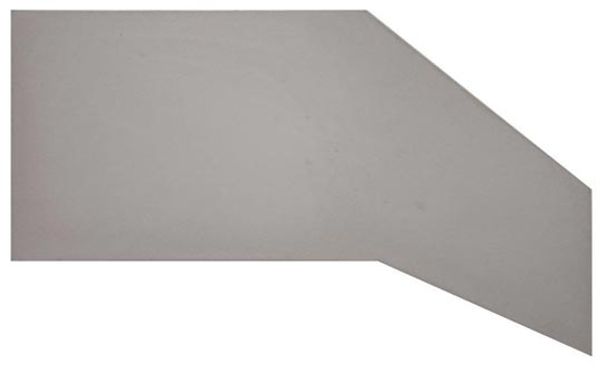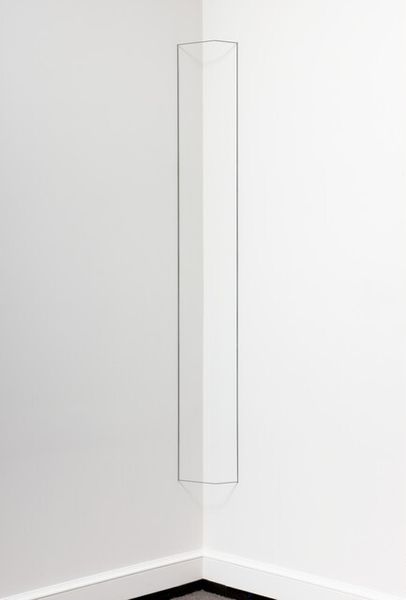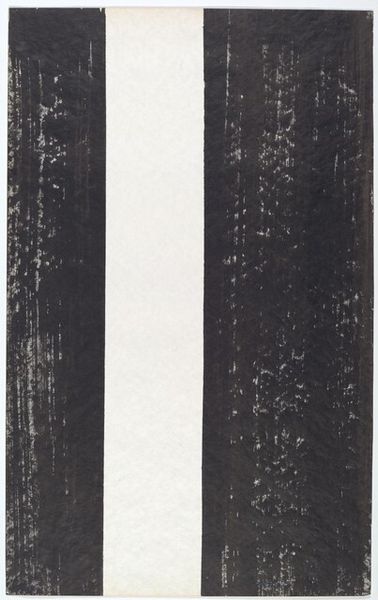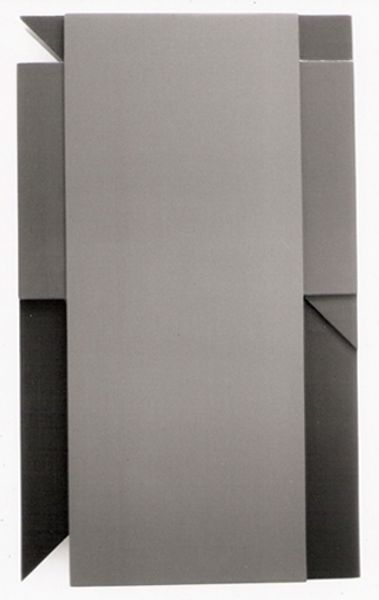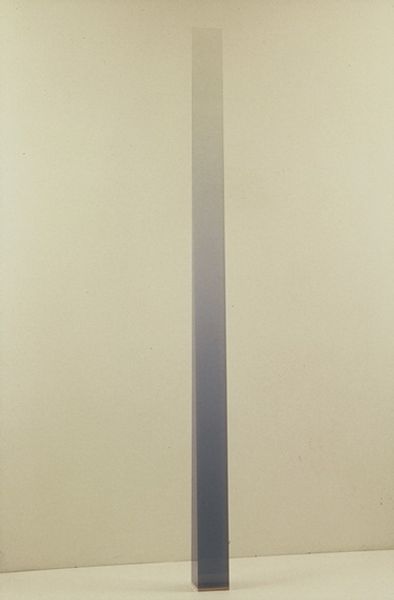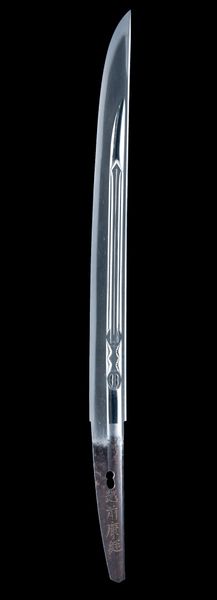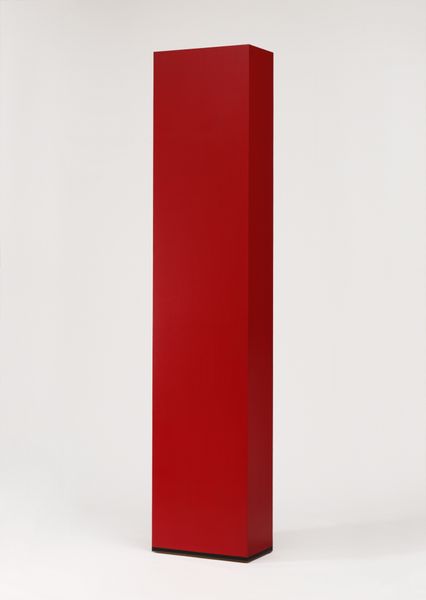
Dimensions: object, each: 1758 x 200 x 257 mm Overall display dimensions variable
Copyright: © Gerhard Richter | CC-BY-NC-ND 4.0 DEED, Photo: Tate
Editor: These are two sculptures by Gerhard Richter, called "Two Sculptures for a Room by Palermo." They strike me as austere, almost industrial. What's your take on these pieces? Curator: I see these sculptures as an exploration of material and the commodification of art. Richter seems to be questioning the traditional role of sculpture by using simple, manufactured forms. What do you think about the means of production here? Editor: It's interesting to consider the mass production aspect, like he's making a statement about art being available to the masses. Does the repetition of form play into that? Curator: Precisely. The repetition reinforces the idea of art as a manufactured object, stripping away the aura of uniqueness. Thinking about labor, what's being produced, and for whom? Editor: I never thought of art in terms of production and labor before. This gives me a lot to consider. Curator: Indeed, it's about broadening our definition of art and its place within the structures of society.
Comments
tate 6 months ago
⋮
http://www.tate.org.uk/art/artworks/richter-two-sculptures-for-a-room-by-palermo-ar00183
Join the conversation
Join millions of artists and users on Artera today and experience the ultimate creative platform.
tate 6 months ago
⋮
Two Sculptures for a Room by Palermo consists of two grey painted plaster busts on top of two wooden plinths also painted grey. Made of plaster of Paris the busts depict the head and neck of the artist Gerhard Richter, shown on the left in this photograph of the work, and his friend the German artist Blinky Palermo shown on the right. The pair are depicted with their eyes and mouths closed. The surfaces of both busts are uneven, with lines and marks visible in the plaster. Although the face of each artist is presented in exact likeness, the top and back of the heads contain less detail. Richter has signed each bust under the neck ‘Richter 1971’. The busts are mounted on pedestals of equal height: 174 cm, Richter’s own height. Visible brush strokes and uneven layers of paint are visible on each pedestal, making the paint colour appear varied.

